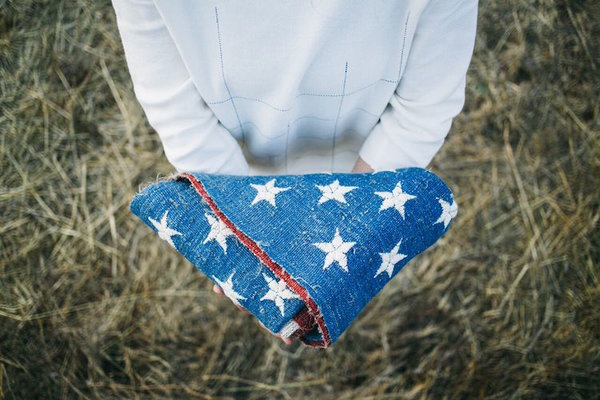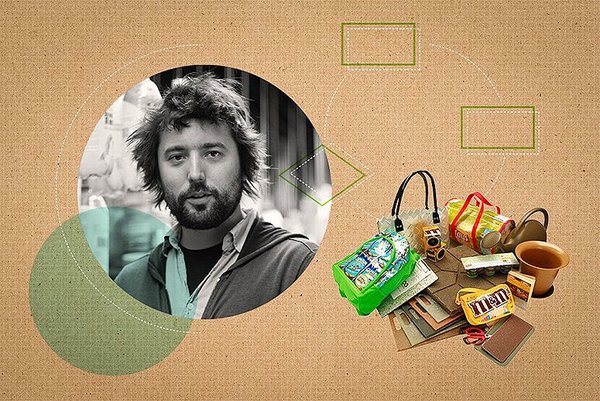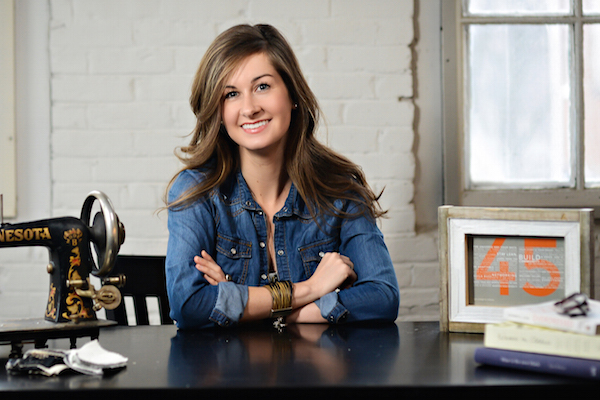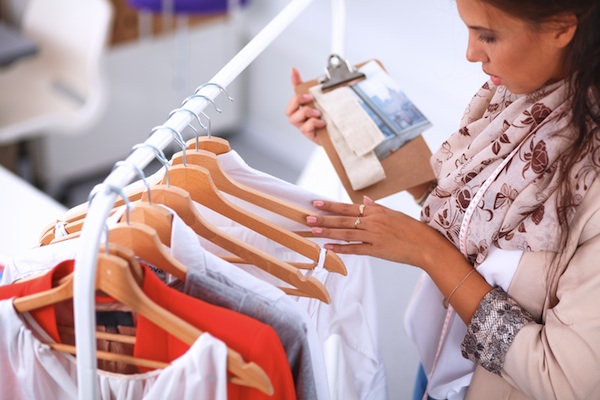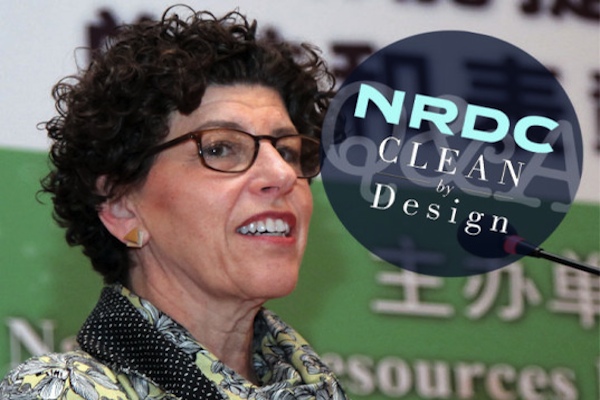Outdoor clothing company Patagonia has released a new short film to advocate for the legalization of industrial hemp in the U.S. The multipurpose plant, which has been used for centuries to make rope, textiles, foods, personal care products and more, became a controversial substance in 1937 due to the “Marihuana Tax Act,” which basically lumped hemp with marijuana and made it illegal to grow even though the former has no psychoactive properties. However, there are plenty of reasons why industrial hemp should be legalized, from its substantial health benefits to its potential to lower the environmental impacts of textile production.
Continue reading... →“One man’s trash is another man’s treasure,” as the saying goes. For TerraCycle founder Tom Szaky, it was more than a saying—it was also his business plan. Founded in 2003, TerraCycle takes your garbage—everything and anything you could throw away or recycle—and transforms it into consumer products like cutting boards, reusable grocery bags, and even yard fencing.
Continue reading... →These women of the fashion world share their predictions of where the Eco-Fashion industry is headed in 2016. AMY HALL (DIRECTOR OF SOCIAL CONSCIOUSNESS, EILEEN FISHER) As an industry “insider,” I see three game-changing fashion trends taking deeper root in 2016. Fiber recycling: This is the year when we will find out which recycled-fiber developer will be the first to offer viable fabric suitable for mass-market apparel. So many are reaching for the golden ring. And it couldn’t come soon enough, what with deforestation and water scarcity threatening the future of virgin fibers as we know them. Living wage: After more than a century of stagnant wages for our garment-industry workers, there are murmurings of change on the horizon, such as the London living wage movement, the U.S. minimum wage campaigns, non-governmental organization activism, and brand acknowledgement of the severe impact that purchasing practices have on supply-chain compliance. Garment workers shouldn’t pop the champagne yet, but higher wages are in the air. Fast fashion: Nothing we do will really matter until we can loosen the consumers’ grip on “fast fashion” and get her to think of apparel as an investment. We repair our cars, our iPhones, and our furniture. Why […]
Continue reading... →Ecouterre interviews Linda Greer, Director of the Natural Resources Defense Council Linda Greer ranks among the fashion industry’s leading “toxic avengers.” As director of the Natural Resources Defense Council’s five-year-old “Clean by Design” initiative, Greer is on the front line of a sector burdened by high energy and water use and endemic, often catastrophic, pollution. Her Sisyphean task? To leverage the purchasing power of multinational brands and retailers to chip away at the environmental impacts of their manufacturing abroad, beginning with the biggest offender: China. As NRDC prepares to, in its own words, “aggressively expand” the program’s reach, Ecouterre caught up with Greer to learn about her “win-win” strategy, what the early days of Clean by Design were like, and how we can differentiate the “true-gooders” from the “green-washers” in a post–corporate-social-responsibility world. E: How did Clean by Design get its start? LG: In 2008, the president of NRDC asked me to develop a project that would help to reduce the heavy industrial air and water pollution in China and serve as a model the country could use to accelerate its efforts. To do so, I first selected an industry with a heavy environmental footprint. Textiles distinguished itself as one […]
Continue reading... →To make fashion more sustainable, the industry’s underlying structure and supply lines need a major makeover. Yet, despite these obstacles, a few designers–alongside fashion muses like zero waste hero Lauren Singer–are taking zero waste fashion from fiction into the real world.
Continue reading... →“Eco-fashion is slowly increasing its footprint and influence. As more people become aware of the harsh cost of current manufacturing practices, as well as, availability of more positive options, the switch toward greener processes will hopefully become inevitable. The smaller designers, such as those on FiercelyGreen are able to pivot their supply chain much faster than the big established brands, at the same time their influence is very limited by their size, which is why it is so important to give them visibility because of the green ripple effect they will help to perpetuate in the industry in the future.”
Continue reading... →